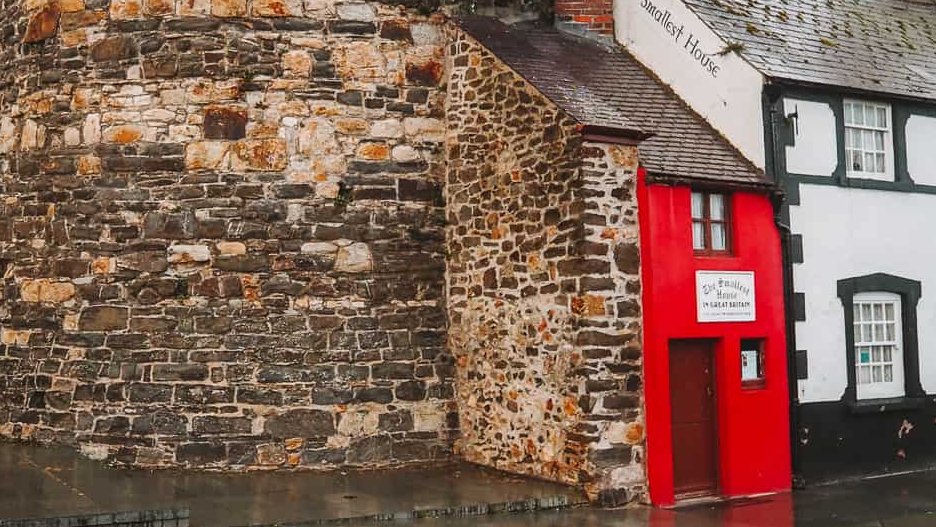Most people know that factory farming involves many horrors. But it's hard to remain concerned about things that are out of sight. So here’s an intermittent thread on how humanity is committing a terrible atrocity, which we should urgently try to end. (Warning: difficult content) 

86% of pigs in the UK are killed by being lowered in cages into gas chambers, which is clearly highly distressing and painful, as in these videos from Australia:
&
Read philiplymbery.com/gas-killing-is… for more info
(2/n)
&
Read philiplymbery.com/gas-killing-is… for more info
(2/n)
17,000,000 minks are being killed in Denmark (probably gassed), as the industry poses a coronavirus risk.
Obviously they would have been killed anyway, for fur. Thankfully, the industry is coming to an end in the Netherlands and Poland (3/n)
Obviously they would have been killed anyway, for fur. Thankfully, the industry is coming to an end in the Netherlands and Poland (3/n)

Wild chickens interact with the world through their sensitive beaks. But ‘debeaking’ is standard practice in factory farming, to reduce the cannibalism & pecking caused by high densities. Every day, millions of birds have part of their beaks cut off
(4/n)
(4/n)
On the subject of fish happiness:
Fish seem to be capable of suffering, but humanity kills *several billion per day*, with very slow deaths from some combination of crushing, exhaustion, decompression, asphyxiation, gutting, freezing, impaling & more (5/n)
Fish seem to be capable of suffering, but humanity kills *several billion per day*, with very slow deaths from some combination of crushing, exhaustion, decompression, asphyxiation, gutting, freezing, impaling & more (5/n)
https://twitter.com/TobyonTV/status/1349707738583093248
In prawn/shrimp production, removing females' eyestalks – half or fully blinding them – has been found to increase reproduction and so is standard practice vimeo.com/230860778 (6/n)
Electric stunning of chickens is common but grim. Chickens are man-handled & painfully shackled upside down. Then, stunning often fails (or simply electrocutes them), meaning that birds are conscious when their throats are slit, or even boiled alive. huffpost.com/entry/chickens… (7/n)
Farrowing crates keep sows caged and unable to even turn around, for 5 weeks at a time (8/n)
Keeping large numbers of animals confined in high densities makes disasters extra deadly, with many drowning or dying in fires each year. Here's the aftermath of pigs being burnt alive in farrowing crates (9/n)
https://twitter.com/philip_ciwf/status/1303779595037089794
Intermission! (10/n) Learning about how animal agriculture operates is clearly super depressing, so check out this uplifting thread of wild animals misbehaving
https://twitter.com/JoaquimCampa/status/1350843546471952387
A large proportion of farmed salmon are partially deaf, thanks to their unnatural diet and genetics: pursuit.unimelb.edu.au/articles/farme… (11/n)
The US pork industry has roasted millions of pigs alive over the last two years tabletmag.com/sections/news/… (12/n) 

In the wild, Atlantic salmon are solitary animals that migrate huge distances. On fish farms, they swim round and round in a small circle for two years, with tens of thousands of others. (13/n) 

If you read that thousands or millions of poultry birds have been 'humanely' culled to limit bird flu, that might mean they have been drowned in firefighting foam abcnews.go.com/US/wireStory/b… (14/n)
Drowning is perhaps a relatively good death compared to fatal overheating, which has also been used to cull millions of birds
https://twitter.com/mbolotnikova/status/1514582853195030528(15/n)
Through selective breeding for rapid growth, broiler chicken lives have been reduced down to around 35 days. Their genetics and unnatural growth doom them to heart problems, lameness, fractures, and lesions from inactivity. Around *90%* of birds have definite gait defects! (16/n) 

Because meat chickens are bred for rapid weight-gain, breeder birds (who have a different job but the same genetics) are usually given restricted diets. This often means they are only fed every other day, leaving them persistently hungry. (17/n) 

The males of egg-laying chicken breeds are not reared for meat. Instead, globally around 7 billion male chicks each year are (at best) thrown into grinders or gassed (18/n)
Chicks are born in hatcheries (factories), and will never see any adult birds. They will not get any food or water for the first 1-3 days of their short lives, while they wait for other chicks to hatch, then be processed and transported (19/n)
In China, pigs have been buried alive in an effort to control the spread of African swine fever virus (see also South Korea with foot and mouth disease) theparliamentmagazine.eu/news/article/a… #WorldVeganDay (20/n) 

The breeding of pigs, cows and sheep can make use of a hormone extracted from pregnant horses on 'blood farms' in Iceland and South America eurogroupforanimals.org/news/cruel-hor… theguardian.com/environment/20… #WorldVeganDay (21/n) 

Cows do not produce milk for no reason. They are impregnated every year, generally using artificial insemination – including an arm in the rectum. (22/n) 



After 9 months' pregnancy, a fundamental part of dairy farming is to take newborn calves from their mothers, which is clearly distressing (23/n)
Rather than being with their mothers, calves are kept in small individual pens for up to 8 weeks (or more if the law is ignored) #veganuary (24/n) 

• • •
Missing some Tweet in this thread? You can try to
force a refresh









